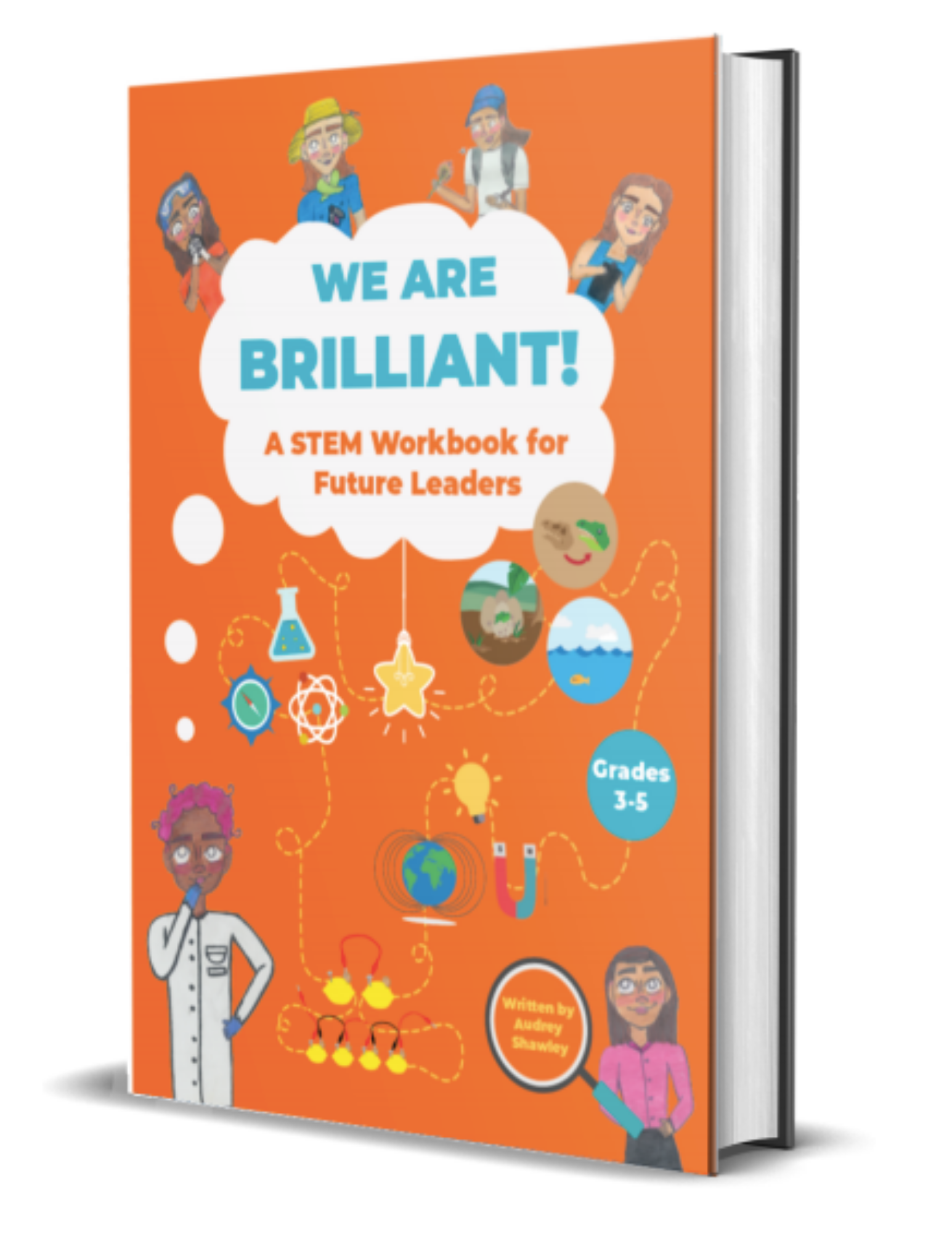Are you able to identify and understand your emotions in different situations? Our goal is to get children to be more comfortable and aware of identifying their own emotions that come up in different situations!
Materials
The Banana “Peelings” coloring page printouts (attached here)
The list of scenarios attached below
Colored pencils, markers, crayons, glitter, or any other crafty material you
want to use to decorate your bananas
Scissors (if you want to cut out the emotion from the paper)
Five popsicle sticks or chopsticks
Tape
Lamination device (optional)
Time Estimated:
15 minutes
Directions:
Print out the different bananas provided with the worksheet.
Using the art supplies of your choosing, design each banana however you would like! Get creative with it!
With an adult’s help, cut out each banana. (Optional: laminate to make the bananas last longer).
Attach bananas to popsicle sticks, chopsticks, or whatever you have available, using tape to make them into signs.
Read the list of scenarios attached to the children and have them raise the emotion they identify with the most.
After each scenario, parents and children should discuss what emotions they identified with, and why they believe it is true.
Go Bananas!! - Don’t let the fun (and learning) stop! Use the blank banana to add more “peelings” to your collection, and start to apply them to your own day to day situations.
Scenarios
Scenario 1 (Happiness): Kevin asked for a specific toy truck for his birthday. He was unsure if he was going to get it from his parents, but when he opens a gift on his birthday and sees that it is the truck he asked for, what emotion would he experience?
Scenario 2 (Sadness): Chanel left her favorite toy at a restaurant; she came back to get it, but it wasn’t there anymore. How would she feel?
Scenario 3 (Anger): Matt is assigned some challenging problems in math. No matter how many times he asks his teacher for the answers, they will not tell him. He spends a lot of time on the problems but can never get the answers. How do you think Matt is feeling?
Scenario 4 (Disgust): Kyler is walking down the street back home after school when all of the sudden he feels something soft and squishy underneath his feet. He looks down and sees that he stepped in a pile of smelly-looking goop. How is Kyler going to react and feel after stepping in this?
Scenario 5 (Fear): Billy is making his bed, and he sees a huge spider in the sheets. How does he feel?
Scenario 6 (Anger/Disgust): Sarah’s little brother, Joshy, found a slimy frog in the backyard. He decides to put it on Sarah’s pillow for when she gets home, even though Sarah hates frogs. How do you think Sarah feels when she gets back?
Scenario 7 (Fear/Sadness): Simi was going to the grocery store with her family, when all of the sudden she looked around her and her parents and siblings were nowhere to be seen. What is Simi’s reaction going to be?
Scenario 8 (Happiness/Sadness): Miya auditioned for her school play with her best friend Chloe. They both wanted the same part and worked together to help each other try to get it. After the auditions, Chloe got the part they both wanted, while Miya got another great part, but not the one she wanted. How do you think she feels?
Think Like a Scientist!
When you feel conflicted about an emotion, what do you do to help better understand how you are feeling?
How do you handle having two different emotions at once?
What cues in peer situations help you recognize the certain emotion that you are feeling or that someone else is feeling?
In situations involving two or more people, how do you make sure that you are taking into consideration how the other person is feeling?
Do you think it is easy to share how you are feeling with the people around you?
How Does it Work?
Emotional intelligence is a person’s ability to process information about emotions and use that information to guide their thoughts and actions. Emotional intelligence is important for children because it is a key factor in healthy relationships, which is why we are discussing this in our activity. The Peelings Game teaches children how to better identify how they may be feeling in certain situations based on trying to understand how the characters may react.
Further Exploration:
This activity introduces specific scenarios for children to practice not only figuring out their own emotions, but also the emotions of others. The part of identifying what someone else is feeling is an important step in emotional intelligence development and is key for children to learn empathy, which is understanding a peer’s feelings, emotions, and perspective. Overall, this activity focuses on one of the most important developmental processes that leads to a successful adulthood.
Anticipated Concerns
Students may struggle to pair emotions to scenarios accurately, or understand the emotions presented in each scenario provided.
Check out more empowering activities here!
Looking for more fun at-home STEM activities for your young scientist? Check out our workbook full of exciting science experiments and empowering activities!
Learn more and purchase today!


